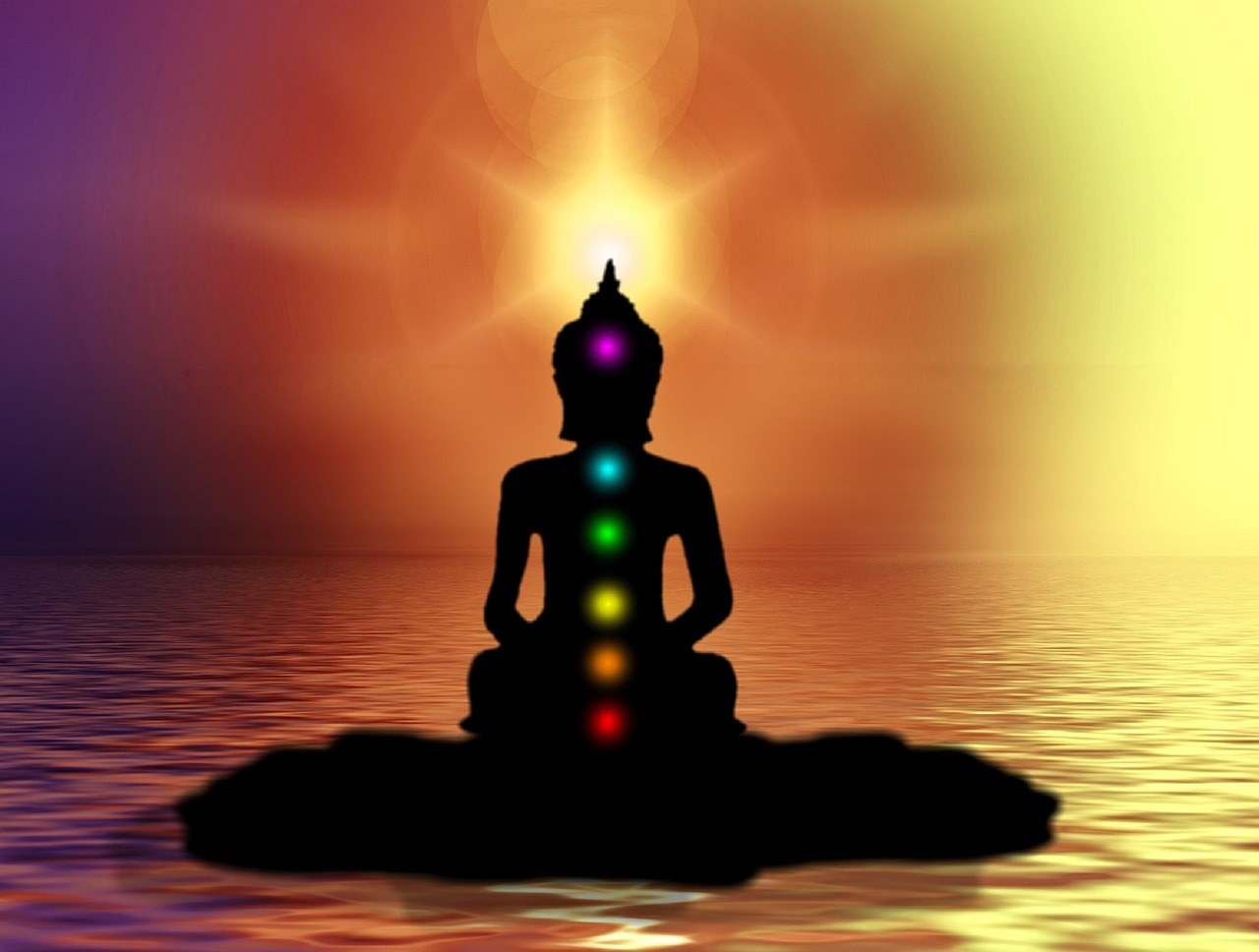Difference Between Enlightenment and Romanticism
Both enlightenment and romanticism were key players in reforming ideologies in contemporary history, specially in the 18th century. These are two important periods which began in Europe and had produced notable individuals who contributed knowledge and works which are being currently studied and applied. However, enlightenment is focused on reason which grew in response to the middle ages while romanticism centers on emotions in opposition to the age of reason. The following discussions further delve into these distinctions.

What is Enlightenment?
Enlightenment, otherwise known as the Age of Reason or the Age of Enlightenment, was a very influential philosophical movement which started in Europe and later spread in North America. This took place from the late 17th to the18th century (late 1600s to the end of the 1700s) which is dubbed as the “Century of Philosophy” since it was a time of increased interest and the desire to be “enlightened” on various fields specially epistemology, individual perspectives, and natural science. This was in response to the “Dark Ages” or Middle Ages in which religion and superstitions were given primary power; hence, it was also called the “Age of Faith”.
Immanuel Kant and Voltaire are two prominent enlightenment writers who assertively criticized the Middle Ages’ irrational emphasis on religion. They argued that the ignorance regarding the sciences was detrimental to the society. Some sources cite Rene Descartes’ “I think therefore I am” (“Cogito, ergo sum”), a dictum which means that one exists when one is thinking, as the starting point of this intellectual period. Others consider Isaac Newton’s “Principia Mathematica”, books on the application of mathematics on science and laws on physics, as instrumental in sparking the movement.

What is Romanticism?
Romanticism, also referred to as the Romantic Era, was a movement that focused on subjectivity, inspiration, and human emotions as expressed in arts, literature, and music. This started during the late 18th century (approximately 1770) in Europe in response to the rational views of the age of enlightenment. The romantic thinkers felt that reason was overemphasized and that they should put more focus on the attributes of being human such as aesthetic experience, irrational feelings, and free expression.
The works of Wordsworth, Shelley, Keats, and Byron were closely associated with this period especially in England. Victor Hugo, the author of the popular, Hunchback of Notre Dame, led the romanticism movement in France. Johann Wolfgang von Goethe, a writer and statesman, was also one of the key influencers in Germany. Specifically, the remark of the German artist, Caspar David Friedrich, “the artist’s feeling is his law”, aptly illustrates the nature of the Romantic Era.
Difference Between Enlightenment and Romanticism
Main Focus
The main focus of enlightenment is discovering knowledge and emphasizing rational reasoning. It saw the individual as capable of something more and able to know more than what was previously thought of during the dark ages. As for romanticism, the highlight is the free expression of emotions and human subjectivity. It views the person as capable of irrational impulses and a believer of mythic symbols.
Etymology
Enlightenment came from the Old English word, “inlihtan” which means “to illuminate”. As its name suggests, the age of enlightenment seeks to illuminate reasons which give rise to innovations in various social agents. Romanticism was based on the English “romantic” and the French “romantique” which pertained to adjectives used for beauty found in nature such as rainbows and sunsets.
What it Contradicts
Enlightenment contradicts the dark middle ages which emphasized superstitions and religion while romanticism opposes enlightenment which focused on irrational feelings and their subjective expression.
Time
The period which enlightenment covered was longer since it started from the late 17th century until the 18th century. On the other hand, romanticism began in the 18th century, with its peak from 1800 to 1850.
Most Related Fields
Enlightenment is more closely related with concrete sciences such as physics and mathematics while romanticism is more associated with the arts and humanities like music, painting, and poetry.
Some of the Key Proponents
The key individuals during the enlightenment period include Rene Descartes, Isaac Newton, Francis Bacon, John Locke, Voltaire, and Jean-Jacques Rousseau. The proponents under romanticism include Johann Wolfgang von Goethe, William Woodsworth, Samuel Taylor Coleridge, Lord Byron, Allan Ramsay, and Francois-Rene de Chateaubriand.
Relevant Statements
Enlightenment was inspired by dictums such as “I think therefore I am” (Cogito, ergo sum), and “Dare to know” (Sapere aude) while romanticism was expressed through statements like “the artist’s feeling is his law”.
Enlightenment vs Romanticism: Comparison Chart

Summary
- Both enlightenment and romanticism were key players in reforming ideologies in contemporary history.
- The proponents of enlightenment argued that ignorance regarding the sciences was detrimental to the society.
- The romantic thinkers felt that reason was overemphasized and that they should put more focus on the attributes of being human.
- Enlightenment is the age of reason while romanticism is focused on human emotion.
- Enlightenment (late 17th to 18th century) contradicted the dark ages while romanticism (late 18th century) opposed enlightenment.
- Enlightenment is more associated with natural science while romanticism is more closely linked with arts and humanities.
- Some of the key persons under enlightenment are Descartes, Newton, Bacon, Locke, Voltaire, and Rousseau while those under romanticism are Goethe, Woodsworth, Coleridge, Byron, Ramsay, and Chateaubriand.
- Enlightenment was inspired by the statements: “I think therefore I am” and “Dare to know” while romanticism was best illustrated with: “The artist’s feeling is his law”.
- Difference Between Hematoma and Melanoma - February 9, 2023
- Difference Between Bruising and Necrosis - February 8, 2023
- Difference Between Brain Hematoma and Brain Hemorrhage - February 8, 2023
Search DifferenceBetween.net :
Leave a Response
References :
[0]Image credit: https://pixabay.com/illustrations/casal-romanticism-romantic-love-4124000/
[1]Image credit: https://www.maxpixel.net/Aura-Chakra-Enlightenment-Contemplation-Meditation-1063278
[2]Heath, Duncan and Boreham, Judy. Introducing Romanticism. North Road, London: Icon Books Ltd., 2014. Print.
[3]Hill, Jonathan. Faith in the Age of Reason: The Enlightenment from Galileo to Kant. Downers Grove, IL: IVP Books, 2004. Print.
[4]Mee, Jon. Romanticism, Enthusiasm, and Regulation. New York, NY: Oxford University Press, 2003. Print.
